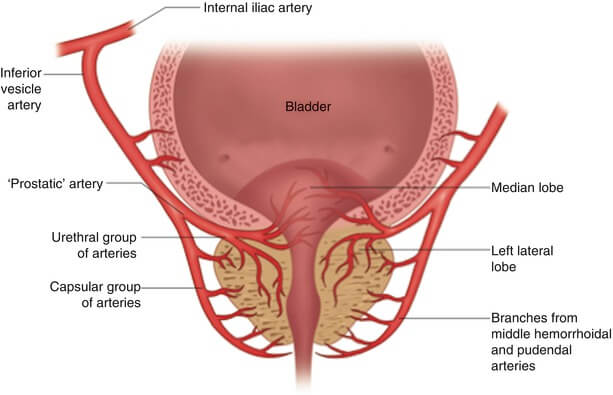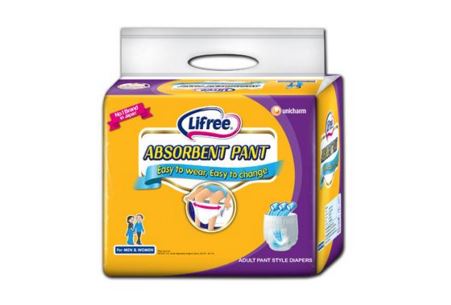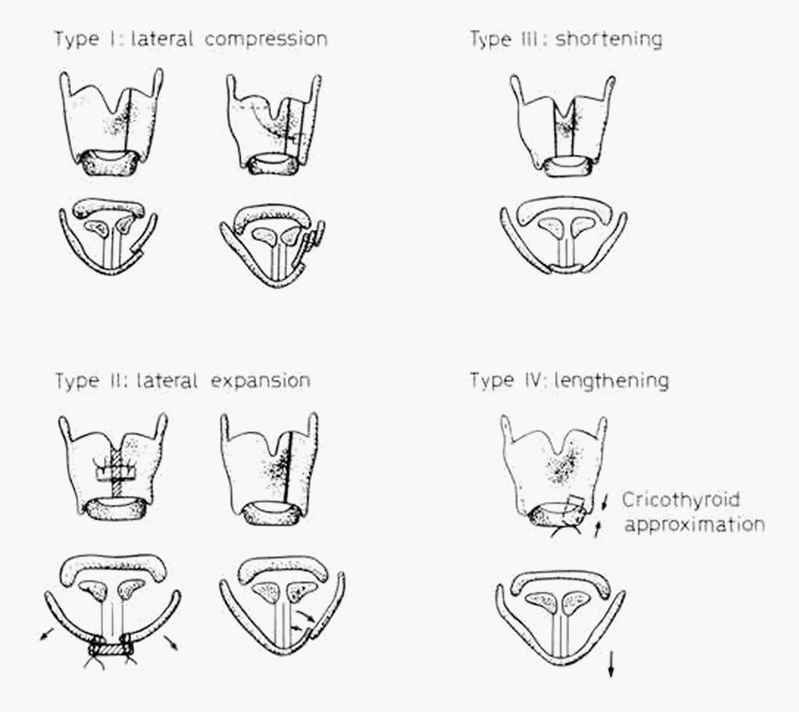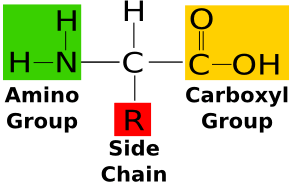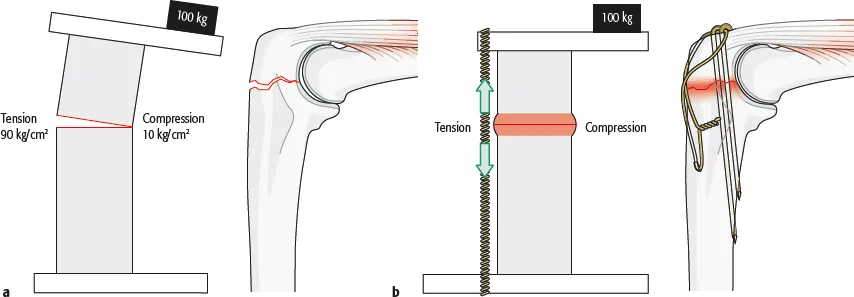Anatomy of Prostate
The embryology and detailed gross and microscopic anatomy of the prostate has already been discussed earlier. Read the anatomy of prostate.
Benign Prostatic Hyperplasia (BPH)
- Occurs exclusively in transition zone (progressively enlarges with age).
- Median lobe of the gland enlarges upward and encroaches sphincter vesicae, located at the neck of bladder.
- Leakage of urine into prostatic urethra causes an intense reflex desire to micturate.
- Enlargement of median and lateral lobes causes elongation and lateral compression and distortion of urethra – difficulty in passing urine and weak stream.
- Enlargement of uvula vesicae results in formation of pouch of stagnant urine behind the urethral orifice.
Prostate surgeries and Capsule
- To prevent severe hemorrhage, surgeon leaves behind both the true and false capsule during surgery to protect the prostatic venous plexus.
Prostatic Carcinoma
- Mostly arises in the peripheral zone
- May spread to vertebral bodies via Batson’s plexus
Prostate Specific Antigen (PSA) and Acid Phosphatase
Acid phosphatase is an important component of prostatic secretions. When the glands cannot discharge their secretions into the ducts (as in ca. prostate), blood acid phosphatase rises.
Prostate-specific antigen (PSA) is an androgen-regulated serine protease produced by both prostate epithelial cells and prostate cancer (PCa) and is the most commonly used serum marker for cancer. It is a member of the tissue kallikrein family, some of the members of which are also prostate specific. PSA is a major protein in semen, where its function is to cleave semenogelins in the seminal coagulum. 1
Advertisement
In BPH and Urinary incontinence, Adult adsorbent diapers have revolutionized the life quality of patients.
Adult diapers are of great value in caring of patient with incontinence. Unicharm’s adult diapers are specialized for the care of such problem. The product is available for
- Those who are capable of walking to toilet independently- Pant type
- Those who are bed ridden or cannot use toilet independently – Stooper tape type ( releasing soon )
For more details visit: Lifree ‘Japan’s number 1 brand*’ : http://www.lifree.co.in/index.html
DISCLAIMER: *Data source: INTAGE SRI, ADULT DIAPERS SALES, APR’10- JAN’16 . The views about the product described here are solely in experience of the writer and does not represent view of the Lifreecompany or this website.
Submitted by: Dr. R.K. Sharma
